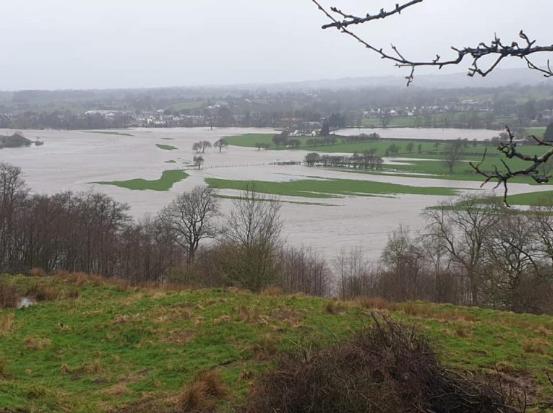This blog been written by The Flood Hub People.
Flooding, extreme weather, power cuts, and even moorland fires, the UK faces a wide range of emergencies every year. In 2020, the world also faced the unexpected challenge of Coronavirus (COVID-19), a stark reminder of just how vital community resilience is for keeping people safe and supported during difficult times.
Community resilience means preparing in advance for the emergencies that could affect your local area. The more resilient a community is, the better it can respond to crises and reduce their impact.
Key parts of being resilient include:
A good community resilience plan can include:
By having this information in one place, communities can act quickly and effectively when an emergency happens.
Winter often brings added risks, from storms and floods to flu outbreaks and icy roads. Preparing as a community can make all the difference. Here are some key emergencies to plan for:
Flooding
The UK has seen severe flooding in recent years. For example, Storms Ciara, Dennis and Jorge (2020) caused flooding to over 3,500 properties, alongside travel disruption, business closures, and power cuts.
With new storm seasons approaching, communities can improve flood resilience by:

Image: The Flood Hub
Flu and Cold-Related Illnesses
Winter also brings a rise in flu and respiratory illnesses. During the COVID-19 pandemic, communities showed how powerful local support networks can be, whether through food deliveries, phone check-ins, or buddy systems for isolated residents.
Simple steps like checking in on elderly neighbours or supporting those with health conditions can make communities stronger and healthier in the colder months.
Autumn Leaves and Icy Weather
Cold weather can cause everyday hazards, from slippery pavements to blocked drains from autumn leaves. Communities can prepare by:

Image: The Flood Hub
Building Year-Round Community Resilience
While winter brings particular challenges, communities should be ready for emergencies at any time of year. These can include:
The key is to plan, prepare, and support one another.
Helpful Resources for Community Emergency Planning
Organisations such as ACTion with Communities in Cumbria (ACT) provide excellent guidance, including advice, templates, and leaflets for creating a Community Emergency Plan.
Download the below resource here for more information regarding community resilience.